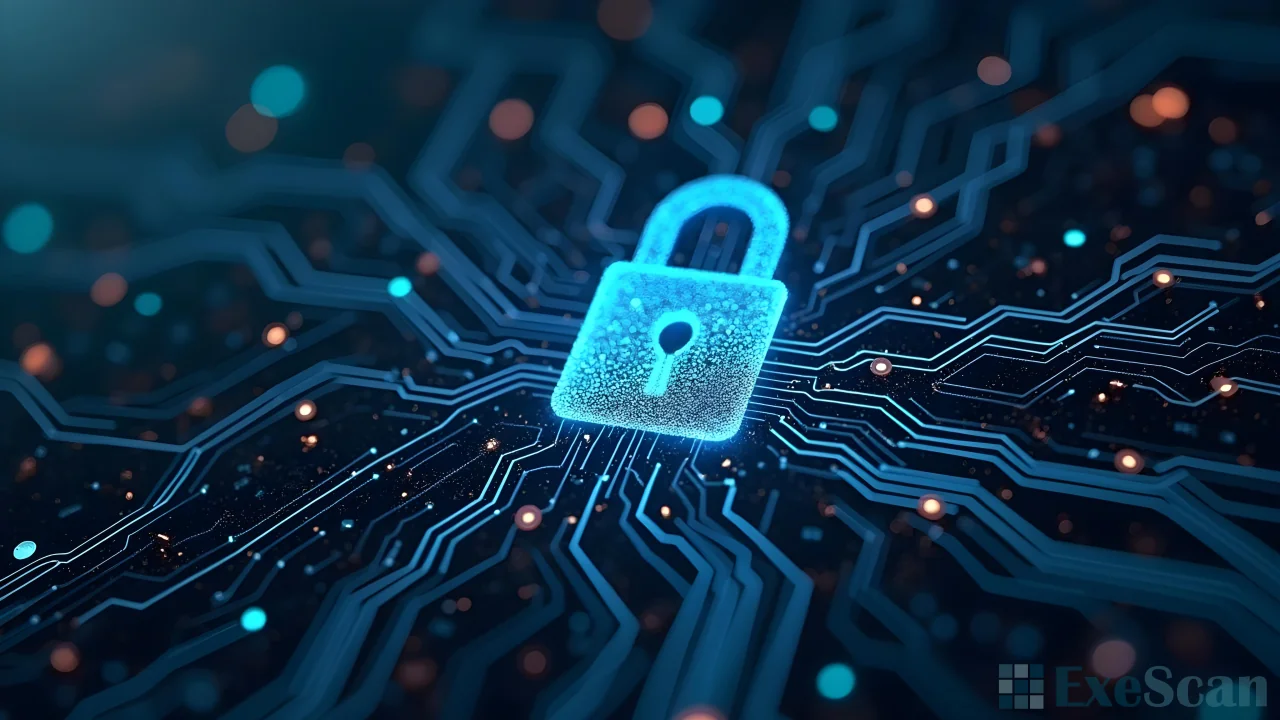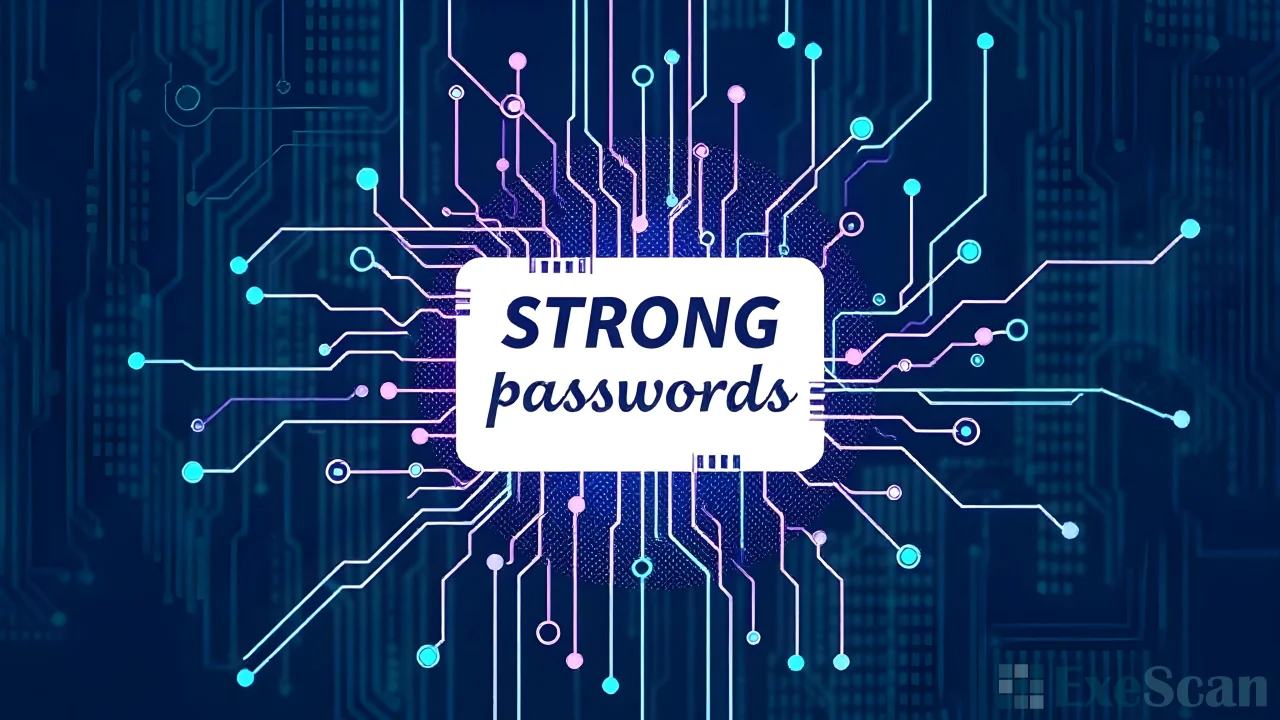Cybersecurity is a crucial topic in today’s digital age. With the increasing reliance on digital technologies, understanding the basics of cybersecurity is essential for everyone. This guide provides an overview of cybersecurity, its importance, common threats, and basic practices to enhance security.
What is Cybersecurity?
Cybersecurity refers to the practice of protecting systems, networks, and programs from digital attacks. These cyberattacks aim to access, change, or destroy sensitive information, extort money from users, or interrupt normal business processes. Implementing effective cybersecurity measures is particularly challenging today because there are more devices than people, and attackers are becoming more innovative.

Why is Cybersecurity Important?
In an increasingly connected world, cybersecurity has become more important than ever. With the rise of the internet and digital technologies, the risk of cyber threats has also increased. Cybersecurity helps protect personal information, financial data, and the integrity of digital lives. A breach in cybersecurity can lead to significant consequences, including financial loss, identity theft, and damage to reputation.
Common Cybersecurity Threats
Understanding common cybersecurity threats is essential for beginners. Here are some of the most prevalent threats today:
- Malware: Malware is malicious software that includes viruses, worms, trojans, and spyware. It can steal, encrypt, or delete sensitive data, alter or hijack core computing functions, and spy on computer activity.
- Phishing: Phishing attacks involve sending fraudulent communications, typically through email, that appear to come from reputable sources. The aim is to steal sensitive data like credit card numbers and login information.
- Ransomware: Ransomware is a type of malware that locks users out of their data or systems, demanding a ransom payment to restore access. It’s a growing threat with severe implications for individuals and organizations alike.
- Man-in-the-Middle Attack (MitM): This occurs when an attacker intercepts and possibly alters the communication between two parties. This can happen through unsecured Wi-Fi networks or other vulnerabilities.
- Denial-of-Service (DoS) Attack: DoS attacks flood a system, server, or network with traffic, overwhelming resources and making it difficult or impossible for legitimate users to access them.

Basic Cybersecurity Practices
Adopting basic cybersecurity practices can significantly reduce the risk of falling victim to cyberattacks. Here are some foundational steps to consider:
- Use Strong Passwords: Create complex passwords that combine letters, numbers, and symbols. Avoid using easily guessable information like birthdays or common words. It’s also wise to change passwords regularly and not reuse them across different sites.
- Enable Two-Factor Authentication (2FA): Two-factor authentication adds an extra layer of security by requiring not only a password and username but also something that only the user has on them, like a physical token or a mobile device.
- Keep Software Updated: Regularly updating software, including operating systems and applications, is crucial. Updates often include patches for security vulnerabilities that cybercriminals might exploit.
- Be Cautious with Emails: Always verify the sender’s email address and be wary of attachments or links. If something looks suspicious, it’s best to avoid clicking on it.
- Backup Data Regularly: Regular backups ensure that data can be recovered in case of a cyberattack. Store backups in a secure, separate location from the primary system.
Protecting Devices
Protecting devices is another crucial aspect of cybersecurity. Here are some tips to ensure devices remain secure:
- Install Antivirus Software: Antivirus software helps detect and remove malware. Keep it updated to ensure the latest threats are addressed.
- Use a Firewall: Firewalls help block unauthorized access to networks. They can be hardware-based, software-based, or a combination of both.
- Secure Networks: Use strong passwords for Wi-Fi networks and consider using encryption to protect data transmitted over the network.
- Be Mindful of Public Wi-Fi: Public Wi-Fi networks are less secure than private ones. Avoid conducting sensitive transactions over public Wi-Fi. If necessary, consider using a virtual private network (VPN) for added security.
Staying Informed
Cybersecurity is a constantly evolving field. Staying informed about the latest threats and best practices is crucial. Subscribing to cybersecurity blogs, news websites, or newsletters is recommended. Joining online forums or local groups dedicated to cybersecurity can also provide valuable insights and support.
Conclusion
Understanding the basics of cybersecurity is essential in protecting oneself in the digital world. Learning about common threats and implementing fundamental security practices can significantly reduce the risk of cyberattacks. Cybersecurity is not a one-time task but an ongoing process of vigilance and improvement. Staying informed and proactive helps keep digital life secure.


